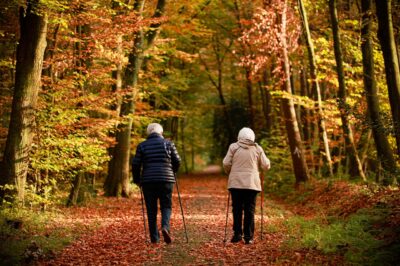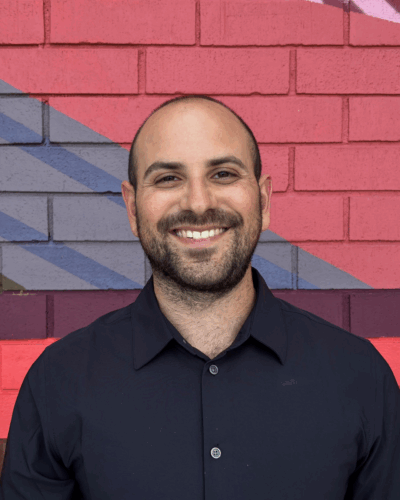
Dr. Yamamoto’s YNSA Japanese scalp therapy, Korean Koryo Chim hand acupuncture, supplemental ear (auricular) acupuncture, and Xingnao KaiQiao (a newer therapy by Professor Shi Xuemin) are each advocated by a number of treatment centers in Oriental countries. One need not know in depth the approach of each, but it is important to know that more than one approach is available and used.
Does acupuncture really work to help stroke victims improve? Many studies involving thousands of patients have been published in China and Japan, and 2 of 3 studies from Scandinavia, demonstrated significant help. These studies indicate that patients get well faster, perform better in self-care, require less nursing and rehabilitation therapy, and use less healthcare dollars. However, since most studies come from China, they get little credence from the Western medical community because researchers in China do not appear to be published unless their results are highly positive, so publication bias is possible. And, no money has been made available in the United States for studies needed to confirm the claims of experts in China and Japan of indeed helping stroke patients. Such studies, if done well, demand significant funding; sources of such money are difficult to find. Most physicians, including rehabilitation experts, have appeared unwilling to consider acupuncture therapy, not due to bias but because the published studies do not necessarily meet research study criteria for the United States.
Acupuncture is a safe therapy, and my experience has taught that this is especially true when helping stroke victims. Even discomfort is generally minimal. If one compares the possible positive help to be obtained with the risks associated with acupuncture, my contention is that acupuncture is worthy to attempt for stroke therapy. Studies are needed in the United States to prove this to medical skeptics. It will be important for such studies to involve skilled acupuncturists with experience in stroke therapy.
Adding acupuncture to rehabilitation therapy obviously increases the cost; daily to 3-times-weekly treatment is needed for 2-4 weeks or longer. Concern for added cost would perhaps disappear if the end result demonstrates more self-care and less dependence on family and health providers.



